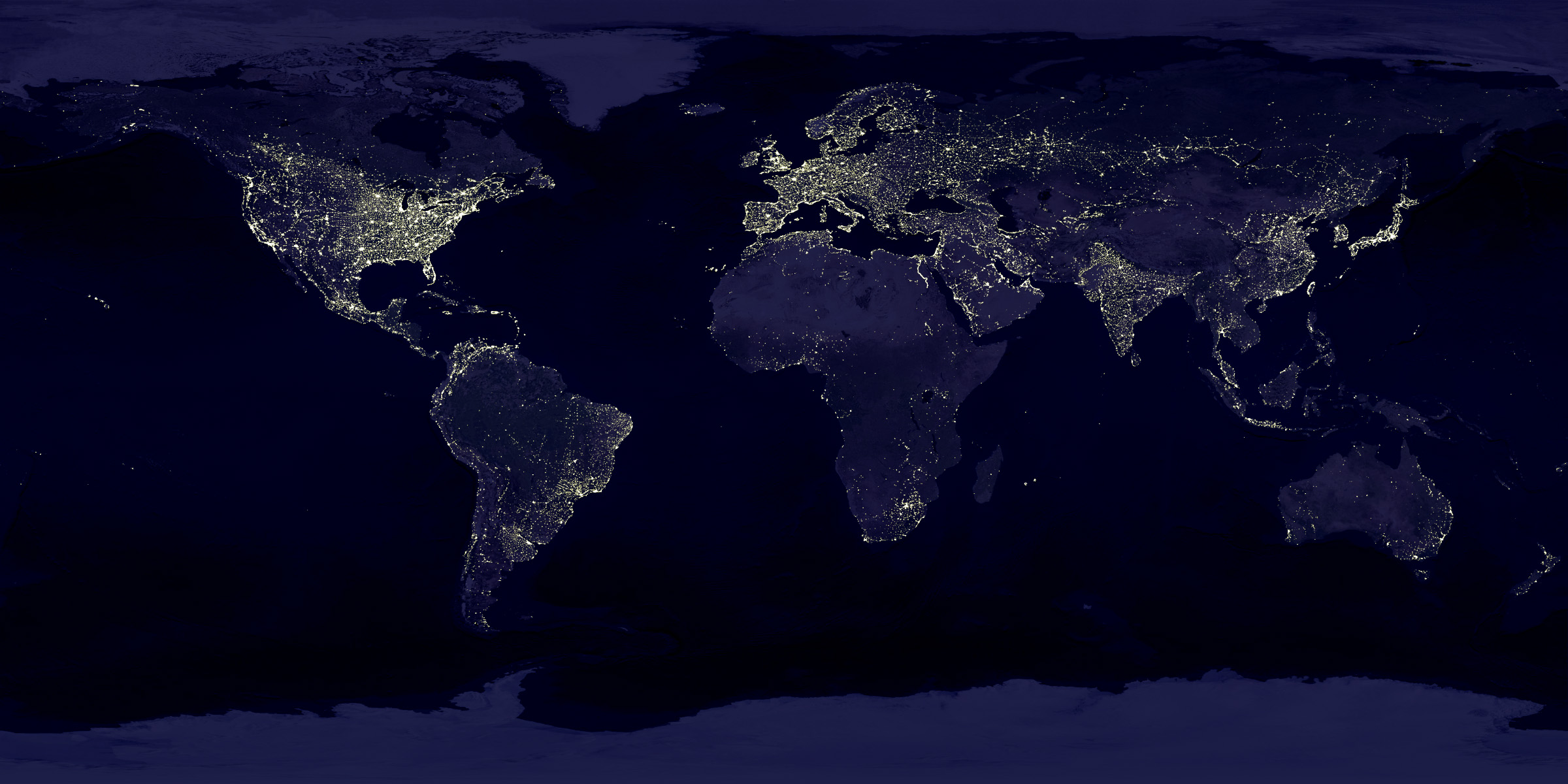Hello, Ed here. I am one of the Plants For A Future trustees and I recently attended the Planet under Pressure 2012 conference in London (www.planetunderpressure2012.net). This is a report on what I saw and learned, and people I met while I was there. The conference is the culmination of the scientific effort towards the Rio +20 Earth Summit which is happening later this year, and so there was a declaration from scientists to Rio, summarising the need for action to tackle the challenges facing the planet and humanity.
The conference took place over 4 days, with the theme of the first day being 'The State of the Planet', and following days focusing on solutions, barriers and governance, although it wasn't actually that clear-cut in practice. There were plenary sessions (i.e. we all sit in one room, and either listen to a speaker or put questions to a panel) as well as sessions on specific topics, where a number of speakers would report on their work with time for a few questions. Lastly, there were poster sessions, where in total about 700 posters were displayed, reporting on individual research projects - I took photos of about 60 of these but can't think of a way of getting them all on the net apart from posting lots of slightly fuzzy photos, which may or may not have the resolution to read the detail.
What I am going to do is present some pictures which encapsulate the current scientific view of the state of the planet, and in another post, add a list of the sessions I attended - you can follow through from these to details of the individual presentations on the PuP website. There were lots of different strands to follow, but I focused on the state of the planet, and sessions concerning agriculture and participatory research strategies.
The story of human impact on the planet starts with the growth in world population:
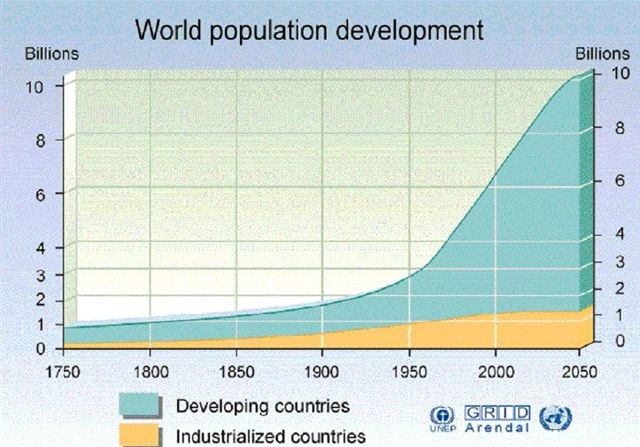
Please note the graph carries on to 2050. The global population is currently just over 7 billion. Most of the population growth is in Southern Asia and sub-Saharan Africa.
Human impacts on the planet have increased in line with the world population, with a particularly noticeable increase since 1950. This has been termed the 'Great Acceleration', and brings us firmly into an era when humanity is the dominant force affecting planetary processes. This new era has been called 'the Anthropocene' by geologists.
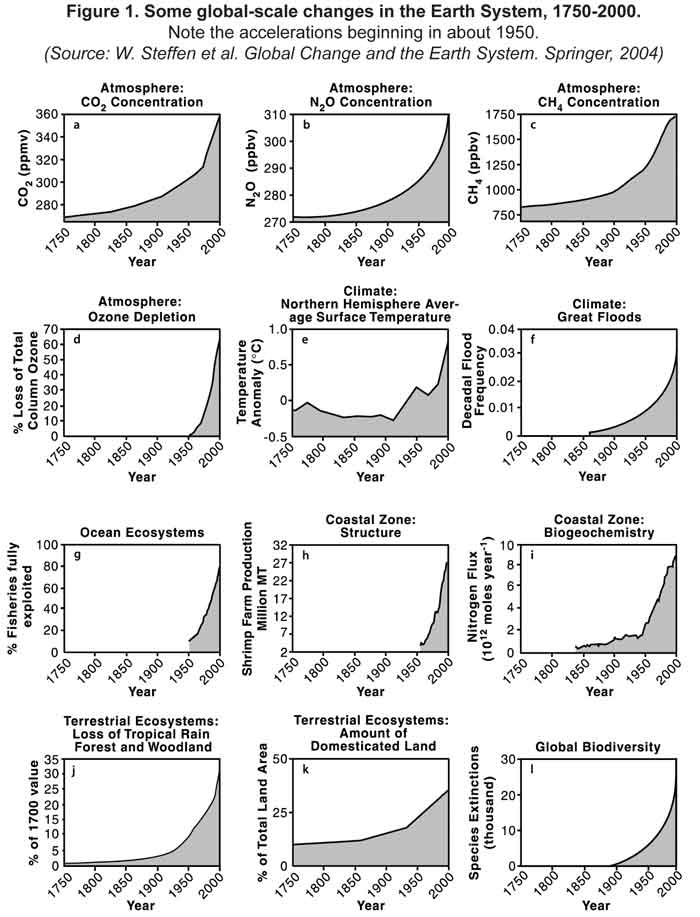
The timescale (x axis) for all these graphs is 1750 to 2000. The pattern is clear!
To consider the impact on the planet, we need to consider population density i.e where the people are:
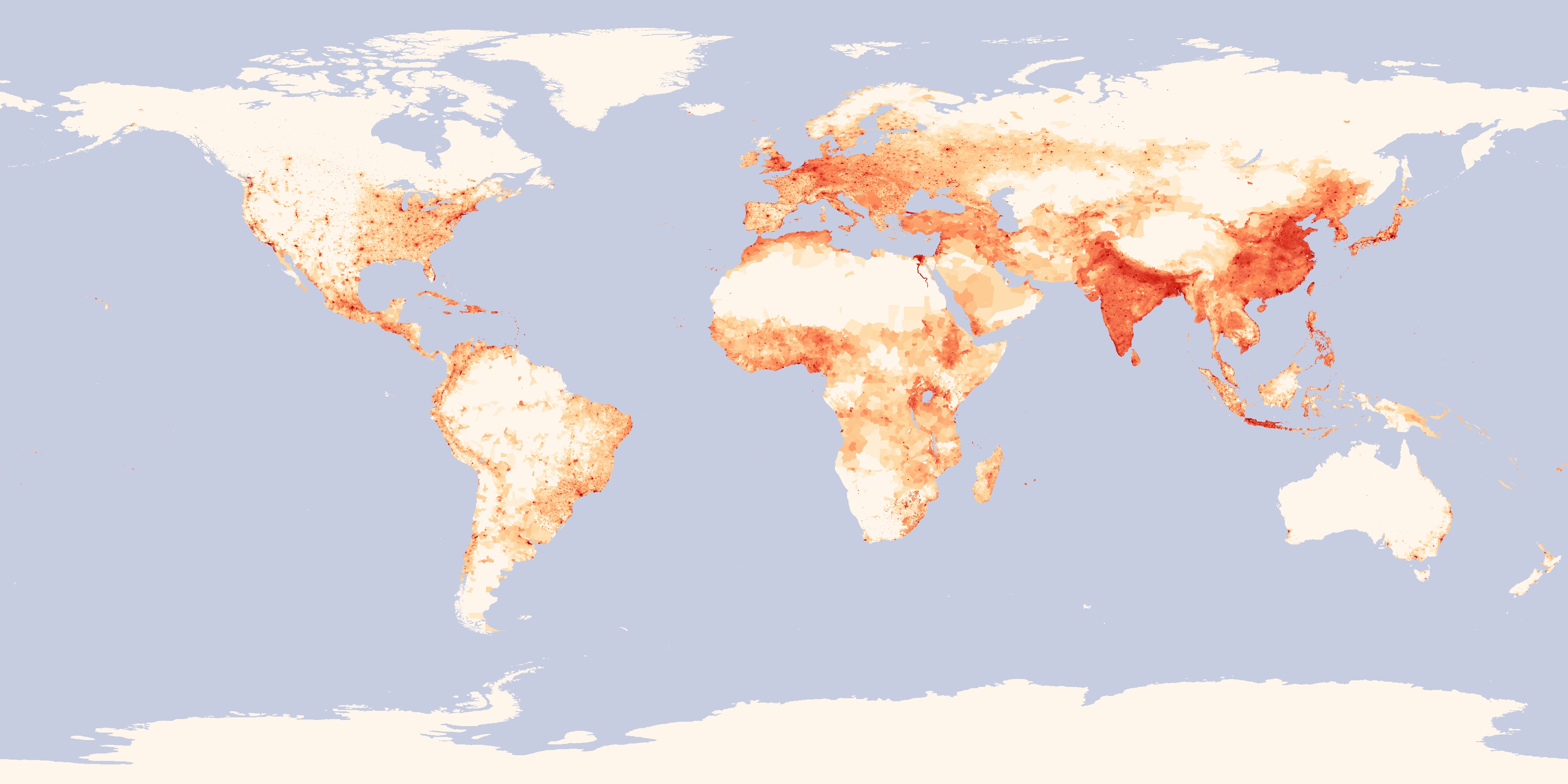
You can see how densely populated India, China and Western Europe are, and how empty Australia is. The next picture shows tipping elements in the earth system, superimposed on the global population. Tipping elements are aspects of the natural world that could flip into a different state if pushed beyond a certain point. This graphic comes from a paper by Tim Lenton et al (2008).
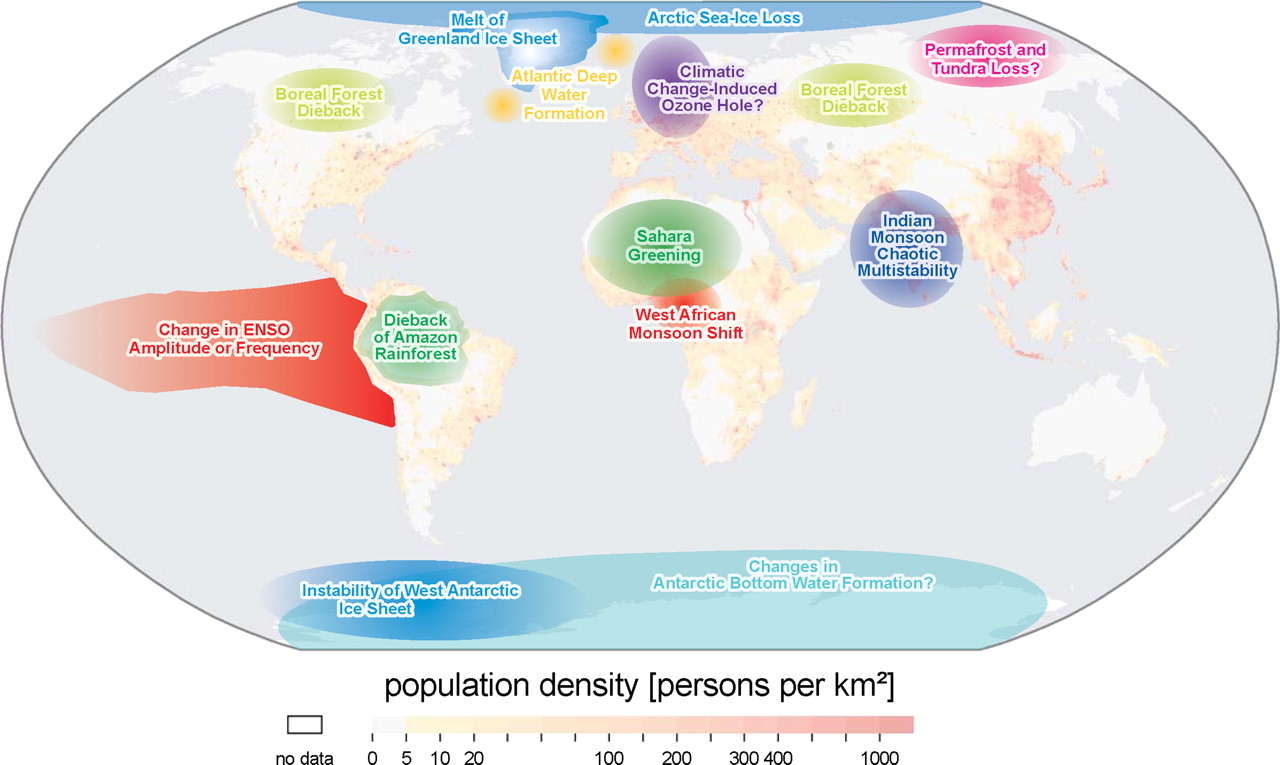
Some of these tipping points are already in view - the Arctic sea ice will be gone during summers by mid-century. Others are less certain: it is suspected, for example, that if the Amazon experiences enough drought, it will flip from rainforest into savannah. Not all changes would be bad - the greening of the Sahara has some appeal - it was green as recently as Roman times, only to be overlogged and turned into desert.
If humanity is going to develop, we need to determine a safe operating space for humanity, which avoids crossing planetary boundaries. The concept of planetary boundaries was developed at the Stockholm Resilience Centre, in a paper in Nature by Johann Rockstrom et al (2009). The boundaries listed in the graphic are a preliminary selection, not all of which have been so far quantified.
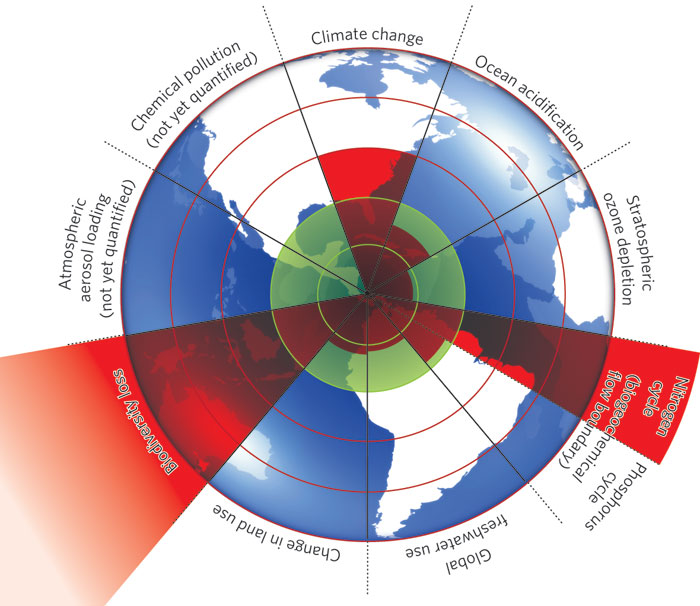
On this view, we are way over the boundary of species loss, as well as interference in the nitrogen cycle and climate change, while other problems are not yet at the emergency stage (with the green zone being the safe area).
I would like to finish by showing an image from NASA of the Earth by night. The human presence is clear, and this image is also a good proxy for where carbon dioxide emissions come from, and where the global economy is based, although it doesn't show where large-scale burning is taking place (Indonesia features highly in the list of global greenhouse gas emitters because of forest clearance by burning).
